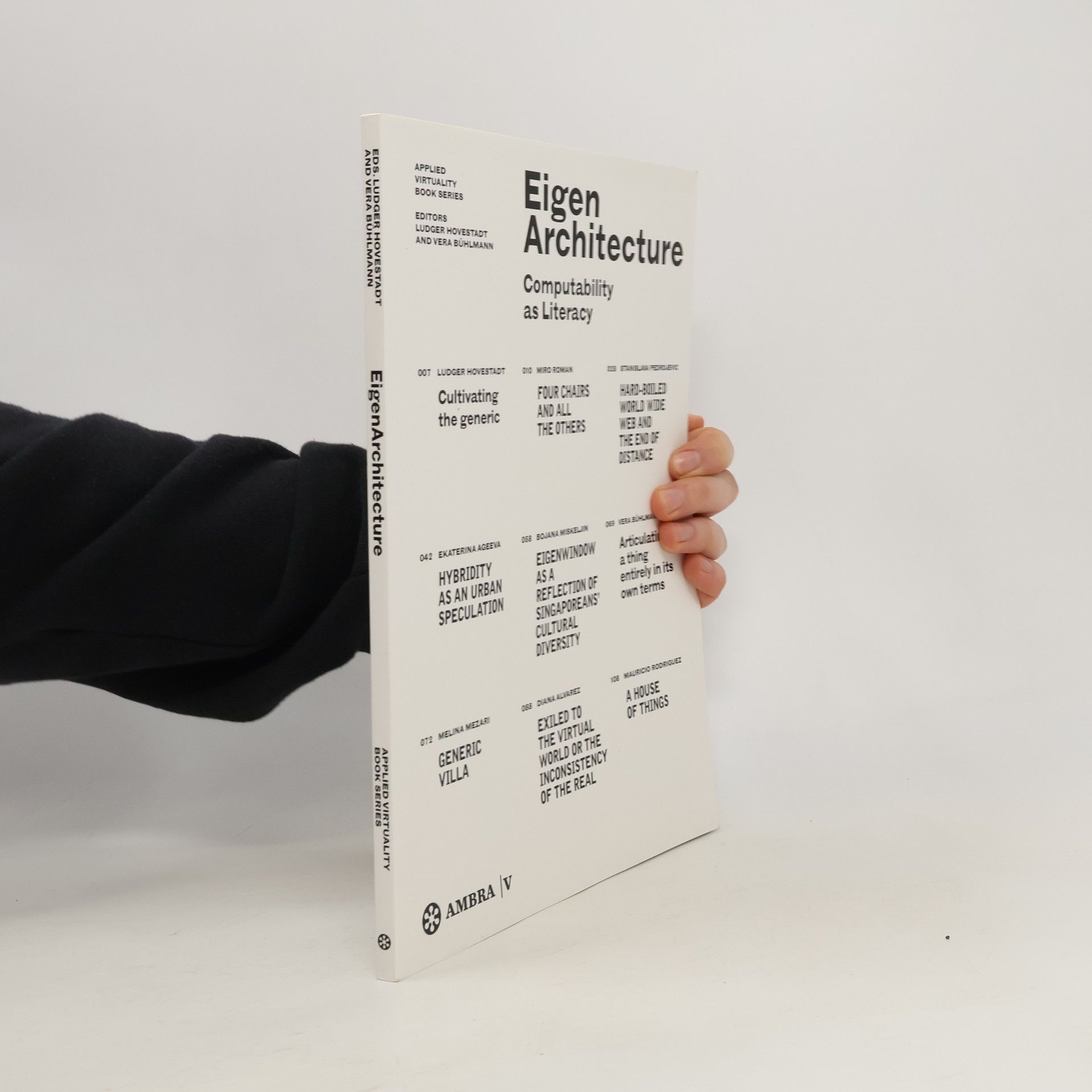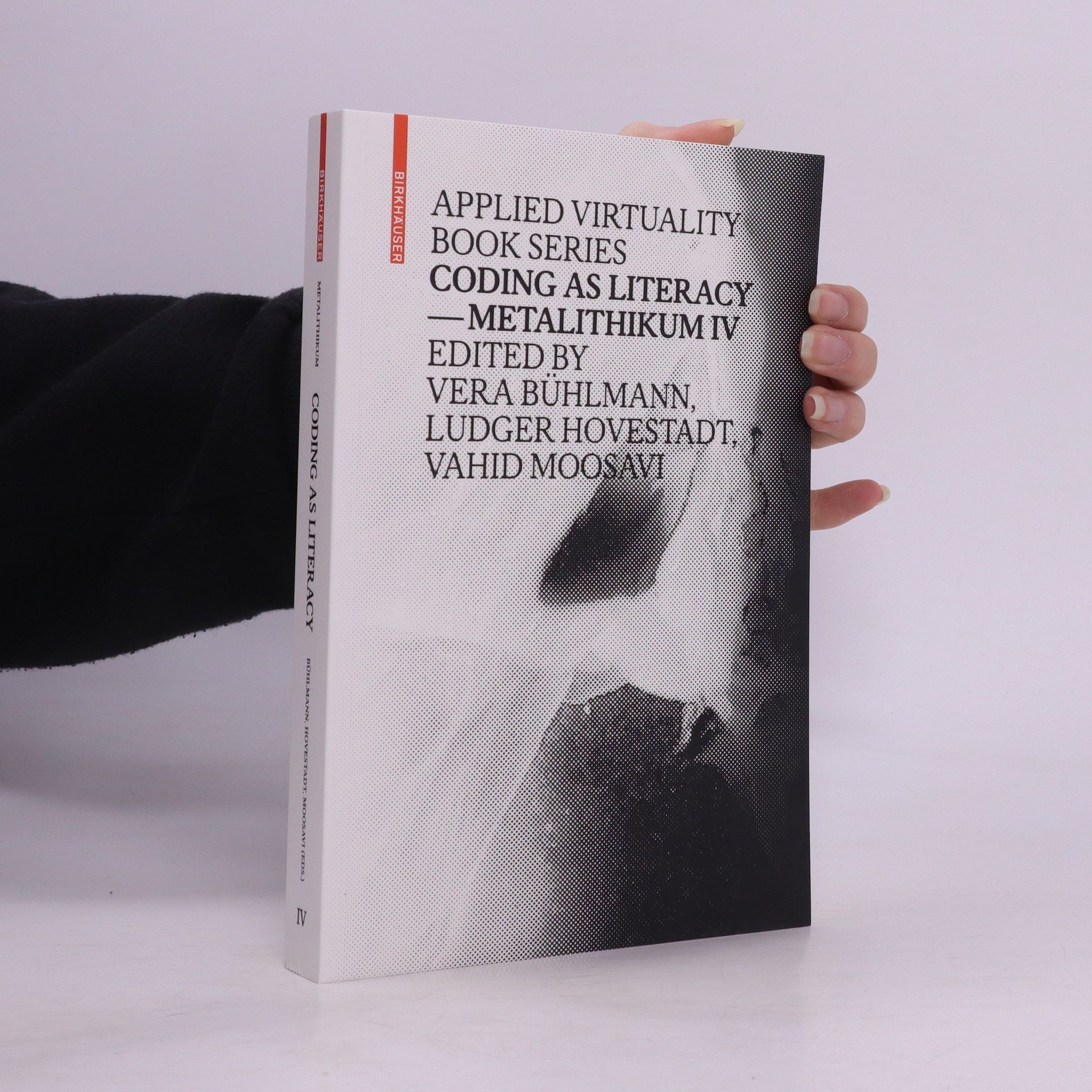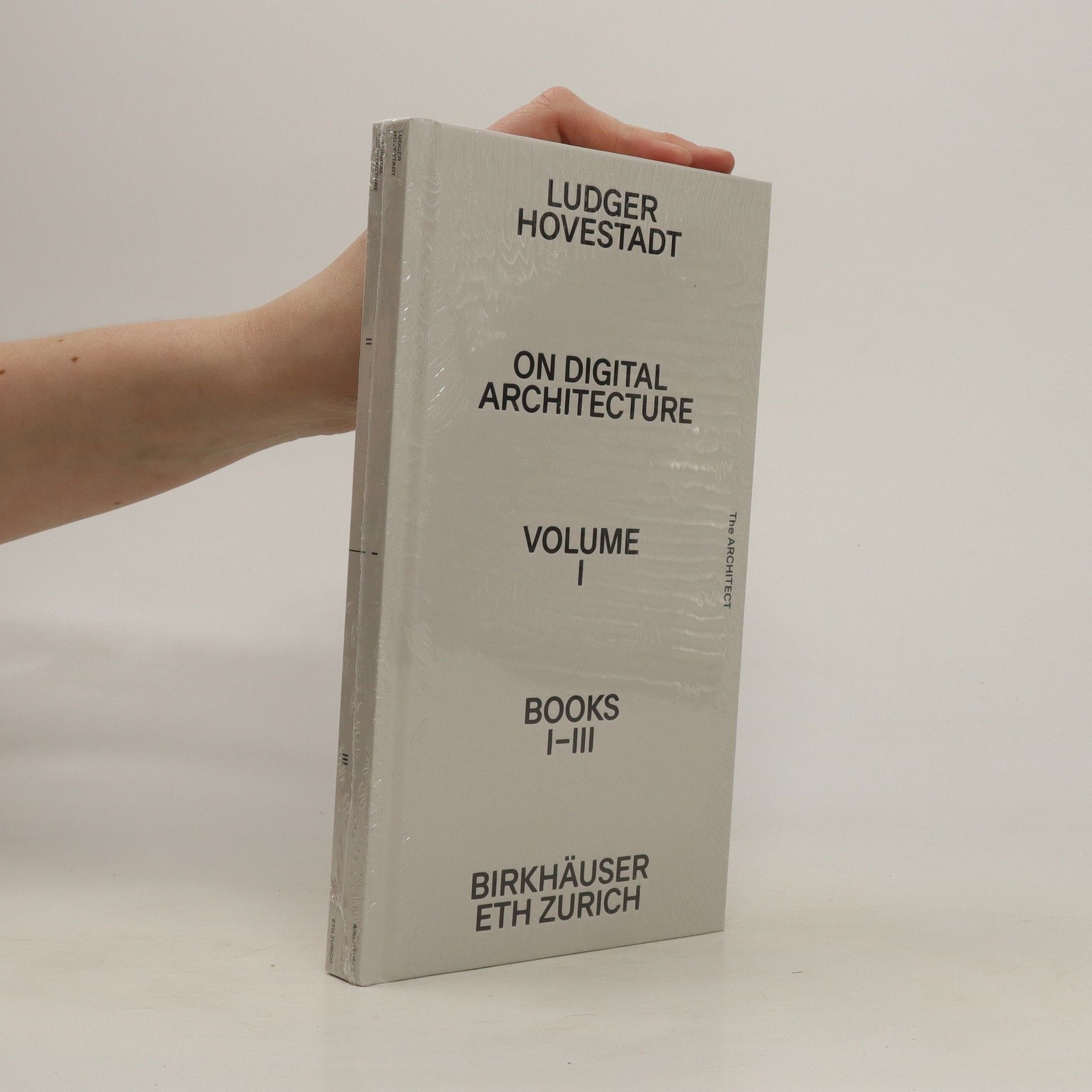Treatise on digital architecture Hovestadt’s treatise strictly follows the model of the famous treatises by Vitruvius ( De architectura ) and Alberti ( De re aedificatoria ),based on the supposition that we find ourselves in a comparablesituation today. Vitruvius and Alberti expressed the meaning ofarchitecture in their Roman antiquity and the Renaissance.Hovestadt has done the same for the present day, incorporatingconsiderations of physics, mathematics, technology, literature, andphilosophy. Books 1 to 3 deal with the role of the architect and the objectivity of architecture. Books 4 to 6 address the modalities of speaking about and encoding the secret, the public, and the private. Books7 to 10 are dedicated to actual digital artificialintelligence, natural communication, gnomonics, and cultural heritage.
Ludger Hovestadt Livres



Recent developments in computer science, particularly ”data-driven procedures“ have opened a new level of design and engineering. This has also affected architecture. The publication collects contributions on Coding as Literacy by computer scientists, mathematicians, philosophers, cultural theorists, and architects. The main focus in the book is the observation of computer-based methods that go beyond strictly case-based or problem-solution-oriented paradigms. This invites readers to understand Computational Procedures as being embedded in an overarching ”media literacy“ that can be revealed through, and acquired by, ”computational literacy“, and to consider the data processed in the above-mentioned methods as being beneficial in terms of quantum physics. ”Self-Organizing Maps“ (SOM), which were first introduced over 30 years ago, will serve as the concrete reference point for all further discussions.
A path out of the technological and economical excesses in contemporary architecture:A book on research and education in architecture and information technology, conceived of as philosophical interplay between two species similar in kind. The one 2500 years old and dignified, the other just 50 years of age and impatient.